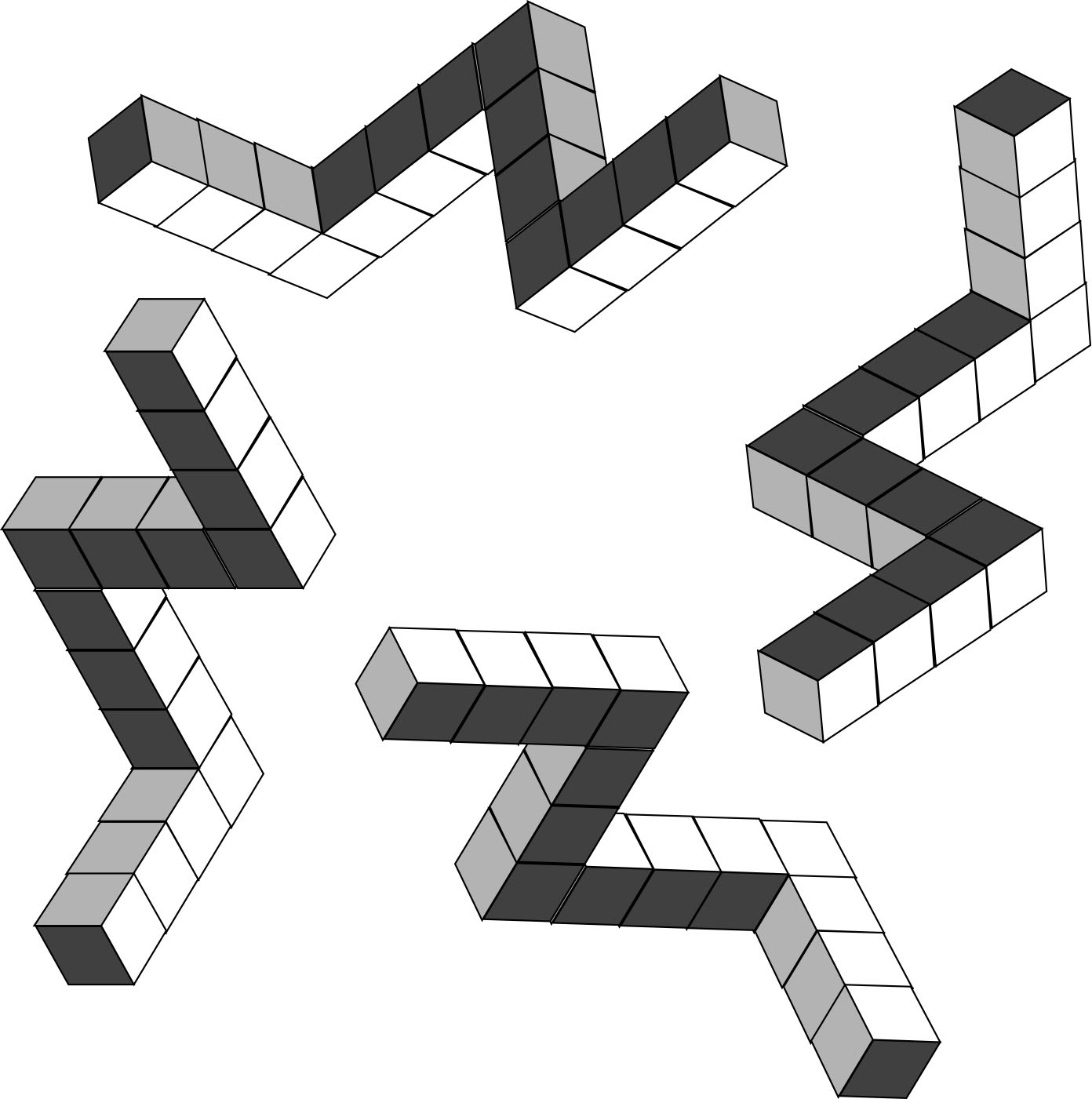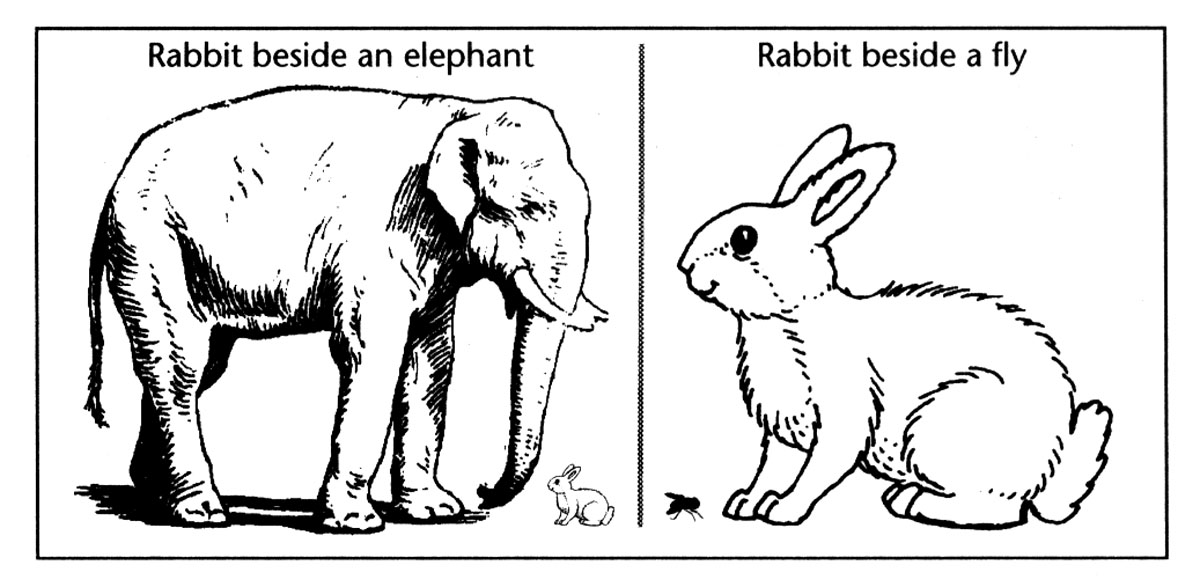Copyright © 2007-2018 Russ Dewey
Mental Imagery
Mental imagery can be defined as pictures in the mind or a visual representation in the absence of environmental input. This is not a universal talent; not everybody can conjure up mental images at will.
Sir Francis Galton discovered this in 1883 when he asked 100 people, including prominent scientists, to form an image of their breakfast table from that morning. Some had detailed images, others reported none at all.
What is the easiest way to make visual imagery stronger?
Almost everybody has mental imagery during dreams. That includes people who go blind at an early age after gaining some experience with vision, but not people who never see at all.
Some individuals are capable of deep levels of hypnosis in which they can have visual hallucinations of dreamlike clarity. That is rare. For most of us, mental imagery during states of wakefulness is faint or difficult to manipulate.
The best way to make imagery more vivid is to imitate the conditions of sleep. When one is relaxed or half asleep, mental imagery can be quite vivid.
Simply pressing lightly on closed eyelids can result in an explosion of geometric forms. You might recall from Chapter 3 that vivid imagery sometimes occurs upon awakening, in the hypnopompic state.
What do brain scans show about brain areas involved in mental imagery?
An abundance of evidence from brain scanning research shows that the same areas of the brain used for normal perception are also activated by mental imagery. (Miyashita, 1995).
In general, imagining any cognitive activity seems to activate the same areas of the brain normally involved in that activity. For example, "thinking about a telephone activates some of the same brain areas as seeing a telephone." (Posner, 1993)
Early, important studies of mental imagery came from Roger Shepard of Stanford University and various colleagues. He used computer-generated block shapes similar to these:

One shape is different from the others.
Three of the shapes are the same as each other, only rotated. The fourth is different; it is a mirror image of the others. Can you find the one that is a mirror image?
To determine this, most subjects must mentally rotate the figures, much as they would rotate a three-dimensional block model, to see if each matches the others.
Why was the Cooper and Shepard research influential?
Following up on the first experiments with mental rotation, Cooper and Shepard (1973) found that the time required for mental rotations depended upon the amount of rotation. This was a very important finding, because it implied that mental images could be manipulated as if real.
Mental Maps and Images
Steven Kosslyn of Harvard is famous for studies of mental imagery. Kosslyn found that the size of an imagined image influenced how quickly subjects could move around the image in memory. If subjects memorized a map, the time it took them to make a mental jump from one location to another depended upon the distance on the imagined map.
In one experiment, Kosslyn (1975) asked subjects to imagine animals standing next to one another, such as a rabbit next to an elephant or a rabbit next to a fly. Then subjects were asked questions such as, "Does the rabbit have two front paws?"

When asked to imagined a rabbit next to a fly, people were quick to answer questions about the rabbit's appearance. They were slower when first asked to imagine it next to an elephant.
People took longer to answer such questions when the rabbit was imagined next to an elephant. In that condition, the rabbit's image was small.
When the rabbit was imagined next to a fly, its imagined image was large. Then subjects were quick to answer questions about the image. Kosslyn concluded that visual imagination produces "little models, which we can manipulate much like we do actual objects."
What did Kosslyn find, concerning scanning of mental maps? When he had subjects imagine a rabbit next to a fly?
Researchers have identified two types of mental imagery. One is for pictures (for example, visualizing the rabbit next to the fly), and one for spatial representation (for example, rotating shapes in imagination).
Kosslyn's work focused on imagined pictures. Shepard and colleagues focused on imagined rotation of shapes in space. The two involve different brain areas, and the two skills can be doubly dissociated by brain injury (you can lose one but not the other).
The ability to imagine pictures can be lost after damage to the back of the brain, near the occipital lobe. The ability to imagine space is lost after damage to the middle of the right hemisphere, near the parietal lobe.
Memory Mostly for Meaning
Although mental imagery can be vivid and detailed, most people have rather poor memory for the details of a picture. We remember mostly the meaning of a picture, not details.
Baggett (1975) showed that detailed picture memory fades over several days. She showed subjects a short cartoon in one of two versions. One she called the explicit version. It showed a longhaired person getting hair cut.
The other she called the implicit version. It showed no actual hair cutting. However, it did show a person walking out of a barbershop with shorter hair.
After showing one or the other version to her subjects, Baggett waited various lengths of time. Then she asked subjects whether a test picture, showing hair actually being cut, appeared in the original sequence.
How did Baggett investigate memory for pictures? What did she discover?

The implicit version (left) did not show hair being cut.
For up to three days, subjects who received the implicit version knew they had not seen the test picture. However, after three days, they were likely to believe they had seen the hair being cut, even though they had not.
Why? It was consistent with the story told by the pictures. When someone walks out of a hair salon with shorter hair, one infers that hair was cut. It is another case of going "beyond the information given," in Bruner's words.
Baggett concluded that after three days participants lost detailed memories for the images themselves. They mostly remembered the meaning or story behind those images. The test item seemed familiar because it fit with the meaning of the images.
In summary, it appears that most people can generate mental images and manipulate them like little models, as Kosslyn put it. However, mental images are mostly lost after a few days. Then we use inference to help re-construct images based on remembered knowledge.
---------------------
References:
Baggett, P (1975). Memory for explicit and implicit information in picture stories. JVLVB, 14, 538-548.
Cooper, L. A. & Shepard, R. N. (1975). Mental transformations in the identification of left and right hands. Journal of Experimental Psychology: Human Perception and Performance, 104, 48-56.
Miyashita, Y. (1995) How the brain creates imagery: Projection to the primary visual cortex. Science, 268, 1719-1720.
Posner, M. I. (1993). Seeing the mind. Science, 262, 673-676.
Write to Dr. Dewey at psywww@gmail.com.
Don't see what you need? Psych Web has over 1,000 pages, so it may be elsewhere on the site. Do a site-specific Google search using the box below.
